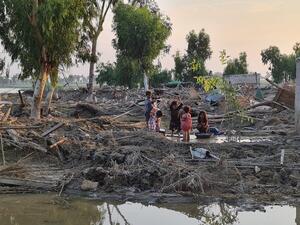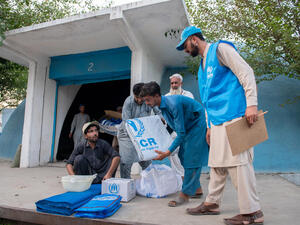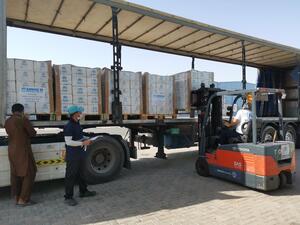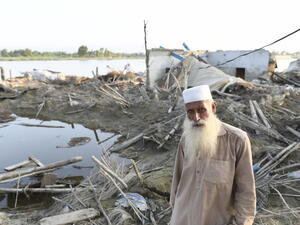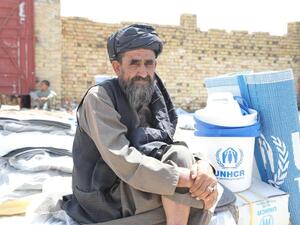Afghanistan emergency
Afghanistan emergency
Following decades of conflict, millions of people in Afghanistan are experiencing abject poverty and hunger amid economic collapse, natural disasters such as the devastating earthquake on 31 August, and the widespread curtailing of human rights, particularly for women and girls.
UNHCR and partners, including local NGOs, are responding to deliver vital humanitarian relief to earthquake survivors as well as returnees, displaced people inside Afghanistan, and to Afghan refugees and asylum-seekers living in five neighbouring countries.
Countries affected: Afghanistan | Islamic Republic of Iran | Pakistan | Kazakhstan MCO (including Tajikistan, Turkmenistan, and Uzbekistan)
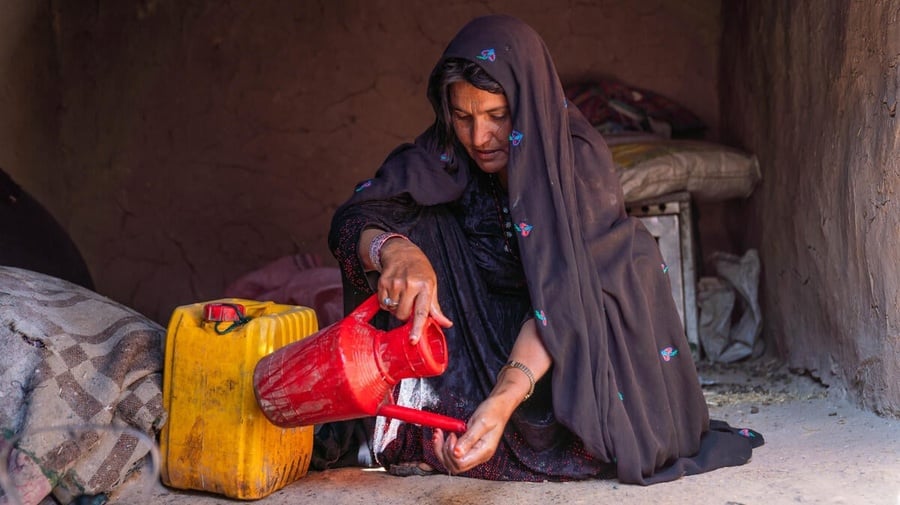
Akhtar Bibi, a mother of five and internally displaced from Faryab, has faced immense hardship in Herat, including poverty, disability, and family challenges. Through UNHCR’s Persons with specific needs program in Afghanistan, she receives support to care for her children and rebuild her life with dignity.
returned or forced to return to Afghanistan from neighbouring countries this year
Afghan refugees and asylum-seekers registered in neighbouring countries
Afghanistan enters 2026 facing a convergence of crises that threaten its fragile stability.
Human rights violations, acute food insecurity, and recurrent natural disasters continue to compound one another, while funding shortfalls and a struggling economy are eroding already limited coping mechanisms. These overlapping challenges disproportionately affect the most vulnerable, particularly women and girls, whose access to education, public spaces, work, and services is severely restricted under discriminatory policies imposed by the de facto authorities.
While overall security has improved and previously inaccessible areas are now reachable, significant protection, human rights, and operational challenges persist. UNHCR continues to call on States to uphold international protection standards, respect the principle of non-refoulement, and grant safe access and asylum to civilians fleeing the country.
Emergency level 2: The situation in Afghanistan is classified as an emergency level 2, indicating a rapidly evolving humanitarian situation that requires additional support and resources. Learn more about UNHCR emergency classifications.
They told us to leave urgently. All our belongings were left behind; everything was lost. We now have nothing.
What is UNHCR doing to help?
UNHCR will implement a modest, prioritized plan focused on urgent needs, expanding as funding allows. It will operationalize a whole-of-route approach to reduce risks along mixed movement routes and strengthen asylum systems.
Targeted assistance will support returnees and IDPs through investments in Priority Areas of Return and Reintegration, alongside continued support for Afghans in Iran and Pakistan.
UNHCR will promote responsibility-sharing under the ReSolve pledge, engage development and private sector partners, and advocate for sustainable solutions, especially for women and girls.
With over 570,000 Afghans projected to need resettlement in 2026, UNHCR will push to increase resettlement opportunities and expand complementary pathways such as education, labor mobility, and family reunification.





